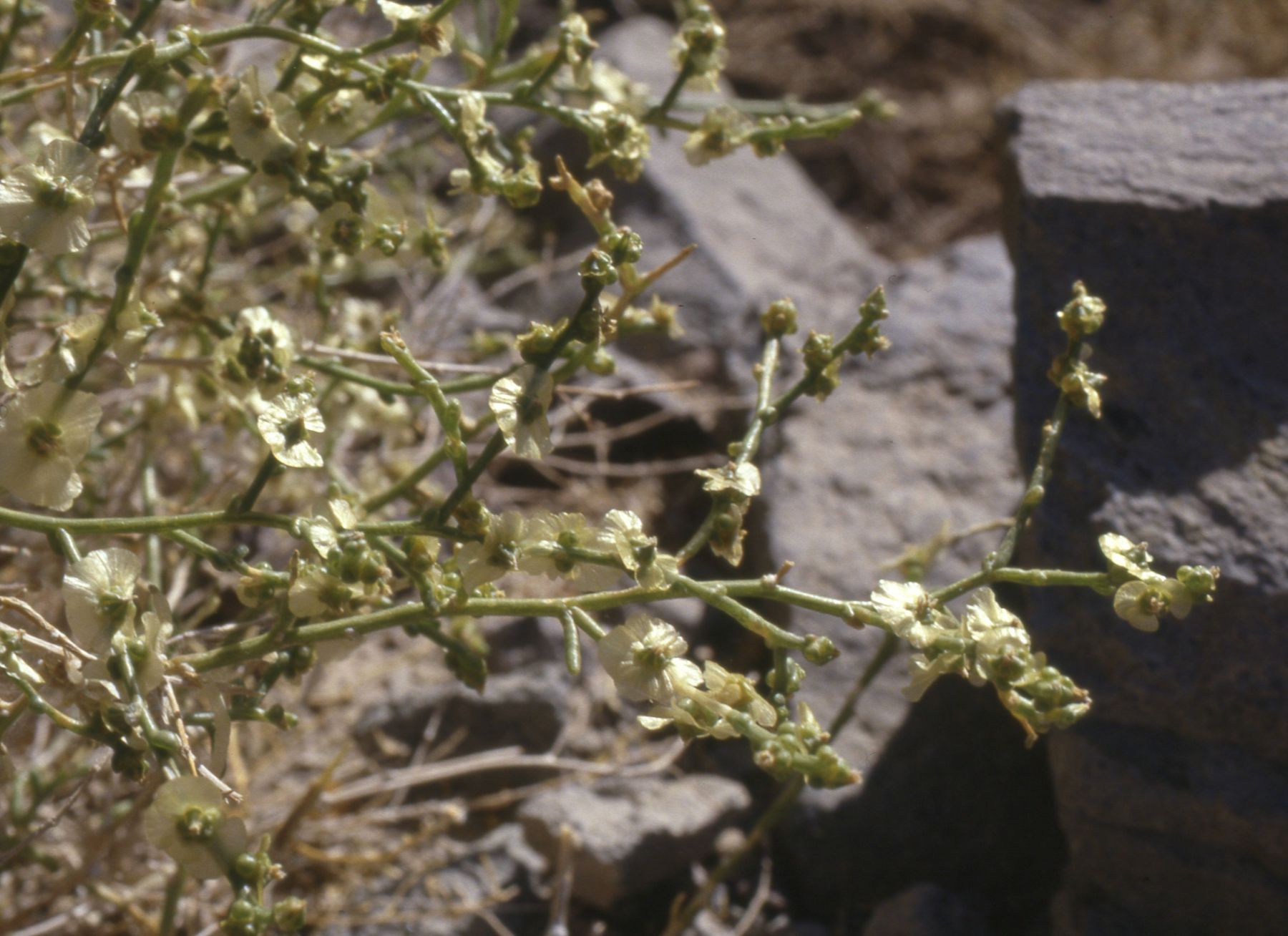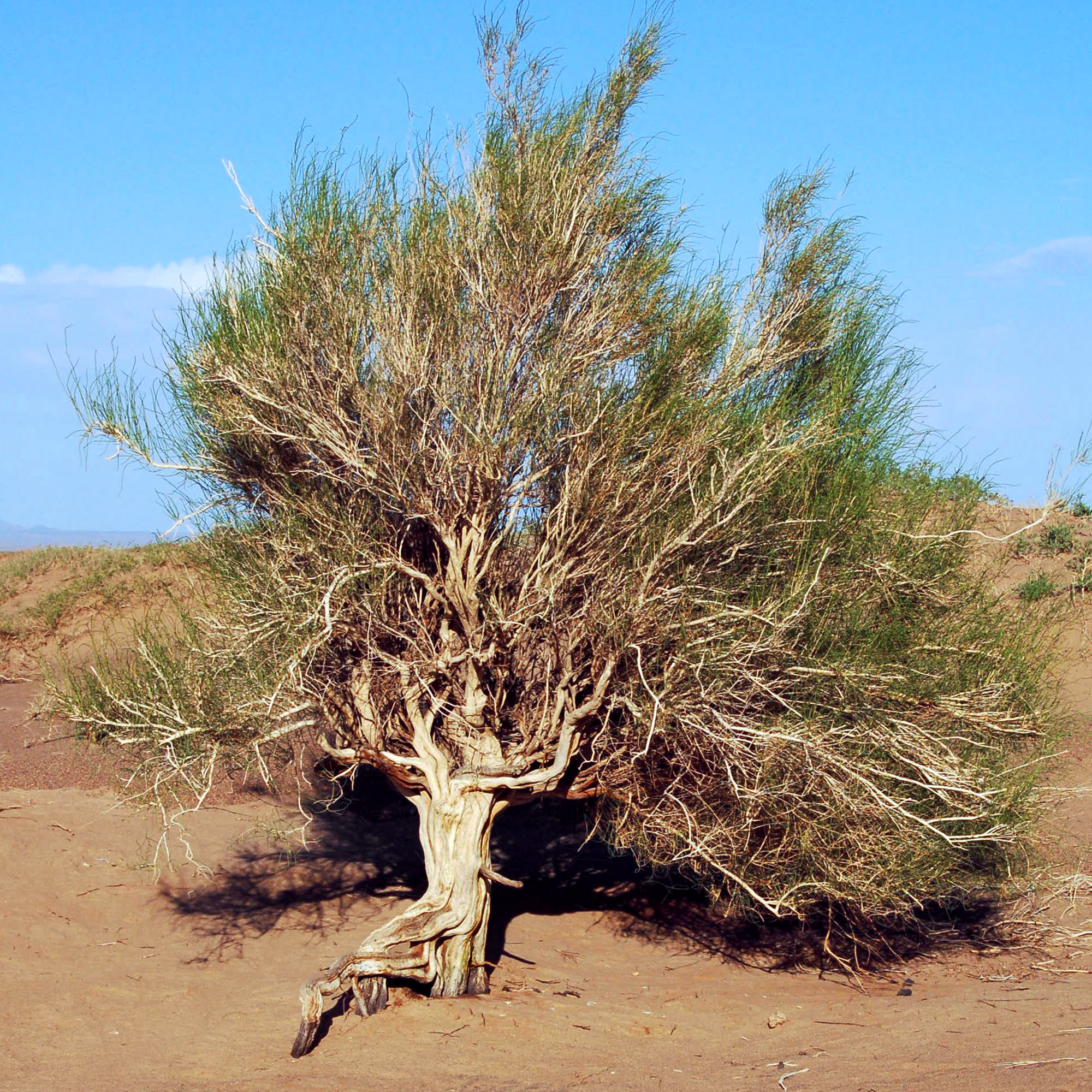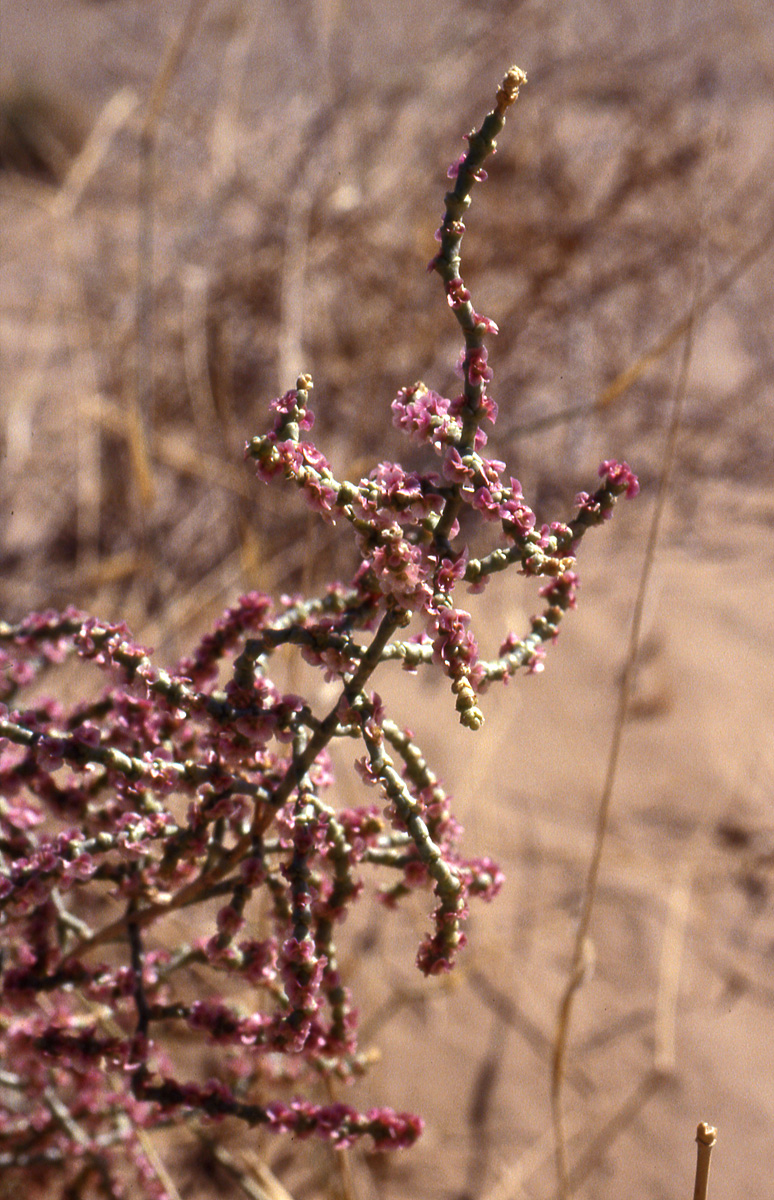Salsoloideae on:
[Wikipedia]
[Google]
[Amazon]
The Salsoloideae are a subfamily of the Amaranthaceae, formerly in family





 The type genus of subfamily Salsoloideae is '' Salsola'' L. According to recent research, the former classification did not reflect the phylogenetic relationship, so that the subfamily had to be reclassified; it is now split in two tribes, Caroxyleae and Salsoleae (in the strict sense). The tribe Camphorosmeae is now treated in its own subfamily, Camphorosmoideae.
The type genus of subfamily Salsoloideae is '' Salsola'' L. According to recent research, the former classification did not reflect the phylogenetic relationship, so that the subfamily had to be reclassified; it is now split in two tribes, Caroxyleae and Salsoleae (in the strict sense). The tribe Camphorosmeae is now treated in its own subfamily, Camphorosmoideae.
Chenopodiaceae
Amaranthaceae ( ) is a family of flowering plants commonly known as the amaranth family, in reference to its type (biology), type genus ''Amaranthus''. It includes the former goosefoot family Chenopodiaceae and contains about 165 genera and 2,040 ...
.
Description
These areherb
Herbs are a widely distributed and widespread group of plants, excluding vegetables, with savory or aromatic properties that are used for flavoring and garnishing food, for medicinal purposes, or for fragrances. Culinary use typically distingu ...
s, subshrub
A subshrub (Latin ''suffrutex'') or undershrub is either a small shrub (e.g. prostrate shrubs) or a perennial that is largely herbaceous but slightly woody at the base (e.g. garden pink and florist's chrysanthemum). The term is often interch ...
s, shrub
A shrub or bush is a small to medium-sized perennial woody plant. Unlike herbaceous plants, shrubs have persistent woody stems above the ground. Shrubs can be either deciduous or evergreen. They are distinguished from trees by their multiple ...
s and some tree
In botany, a tree is a perennial plant with an elongated stem, or trunk, usually supporting branches and leaves. In some usages, the definition of a tree may be narrower, e.g., including only woody plants with secondary growth, only ...
s. Stems and leaves are often succulent
In botany, succulent plants, also known as succulents, are plants with parts that are thickened, fleshy, and engorged, usually to retain water in arid climates or soil conditions. The word ''succulent'' comes from the Latin word ''sucus'', meani ...
. The ovary contains a spiral embryo. In most genera, scarious wings develop at the outside of the fruiting perianth, allowing for dispersal by the wind ( anemochory).
In tribe Caroxyleae, the stamens have vesiculose anther appendages, discolor with anthers, that probably play a role for insect pollination. In tribe Salsoleae the anther appendages are absent or small and inconspicuous.
Distribution
The area with most species ( center of diversity) are the deserts and semideserts of Central-Asia and the Middle East. Distribution of the subfamily extends to the Mediterranean, to Middle-Europe, north and south Africa, and Australia, some species have also been introduced to America. Many species grow in dry habitats ( xerophytes) or tolerate salty soils (halophyte
A halophyte is a salt-tolerant plant that grows in soil or waters of high salinity, coming into contact with saline water through its roots or by salt spray, such as in saline semi-deserts, mangrove swamps, marshes and sloughs, and seashores. ...
s), some are ruderals.
Photosynthesis pathway
Salsoloideae are plants (with a few exceptions in tribe Salsoleae). Tribe Caroxyleae is exclusively of the NAD-malic enzyme subtype. Most Salsoleae also use the NADP-malic enzyme.Taxonomy




 The type genus of subfamily Salsoloideae is '' Salsola'' L. According to recent research, the former classification did not reflect the phylogenetic relationship, so that the subfamily had to be reclassified; it is now split in two tribes, Caroxyleae and Salsoleae (in the strict sense). The tribe Camphorosmeae is now treated in its own subfamily, Camphorosmoideae.
The type genus of subfamily Salsoloideae is '' Salsola'' L. According to recent research, the former classification did not reflect the phylogenetic relationship, so that the subfamily had to be reclassified; it is now split in two tribes, Caroxyleae and Salsoleae (in the strict sense). The tribe Camphorosmeae is now treated in its own subfamily, Camphorosmoideae.
Caroxyleae
Caroxyleae Akhani & E. H. Roalson (as "Caroxyloneae") * '' Akhania'' , with 5 speciesSukhorukov AP, Fedorova AV, Kushunina M, Mavrodiev EV (2022) Akhania, a new genus for Salsola daghestanica, Caroxylon canescens and C. carpathum (Salsoloideae, Chenopodiaceae, Amaranthaceae). PhytoKeys 211: 45-61. https://doi.org/10.3897/phytokeys.211.89408 * '' Caroxylon'' Thunb., with 128 species * '' Climacoptera'' Botsch., with 41 species * '' Halanthium'' K.Koch, with 5 species * '' Halarchon'' Bunge, with one species ** ''Halarchon vesiculosum'' (Moq.) Bunge * '' Halimocnemis'' C. A. Mey., with 27 species (Syn. ''Gamanthus'' Bunge, ''Halotis'' Bunge) * '' Halocharis'' Moq., with 7 species * '' Kaviria'' Akhani & E. H. Roalson, with 10 species * '' Nanophyton'' Less., with ca. 10 species * '' Ofaiston'' Raf., with one species ** ''Ofaiston monandrum'' (Pall.) Moq. * '' Petrosimonia'' Bunge, with 12 species * '' Piptoptera'' Bunge, with one species ** ''Piptoptera turkestana'' Bunge * '' Physandra'' Botsch., with one species ** ''Physandra halimocnemis'' (Botsch.) Botsch. * '' Pyankovia'' Akhani & E. H. Roalson, with one species ** ''Pyankovia brachiata'' (Pall.) Akhani & E. H. RoalsonSalsoleae
* '' Anabasis'' L. ( incl. ''Fredolia'' (Coss. & Durieu ex Bunge) Ulbr.), with 29 species * '' Arthrophytum'' Schrenk, with 9 species * '' Cornulaca'' Delile, with 5 species * '' Cyathobasis'' Aellen, with one species: ** ''Cyathobasis fruticulosa'' (Bunge) Aellen * '' Girgensohnia'' Bunge ex Fenzl, with 4 species * '' Halogeton'' C. A. Mey, with 5 species. (Syn. ''Agathophora'' (Fenzl) Bunge, ''Micropeplis'' Bunge) * '' Halothamnus'' Jaub. & Spach, with 21 species * '' Haloxylon'' Bunge * '' Hammada'' Iljin, with 12 species * '' Horaninovia'' Fisch. & C. A. Mey, with 8 species * '' Lagenantha'' Chiov. (Syn.: Gyroptera Botsch.) Classification not sure. With 1-3 species. * '' Noaea'' Moq., with 3 species * '' Nucularia'' Batt., Classification not sure. With one species: ** ''Nucularia perrini'' Batt. * '' Oreosalsola'' * '' Rhaphidophyton'' Iljin, with one species ** ''Rhaphidophyton regelii'' (Bunge) Iljin * '' Salsola'' L., with 56 species. (Syns. ''Darneilla'' Maire & Weiller, ''Fadenia'' Aellen & Townsend, ''Neocaspia'' Tzvelev, ''Hypocylix'' Wol., '' Kali'' Mill.) * '' Soda'' (synonym '' Seidlitzia'' Bunge ex Boiss.) * '' Sympegma'' Bunge * '' Traganum'' Del., with 2 species * '' Traganopsis'' Maire et Wilczek, with one species ** ''Traganopsis glomerata'' Maire & Wilczek * '' Turania'' Akhani & E. H. Roalson, with 4 species * '' Xylosalsola'' Tzvelev, with 4 speciesClassification in subfamily not sure
* '' Iljinia'' Korovin, with one species: ** ''Iljinia regelii''References
External links
{{Taxonbar, from=Q136782 Amaranthaceae Caryophyllales subfamilies